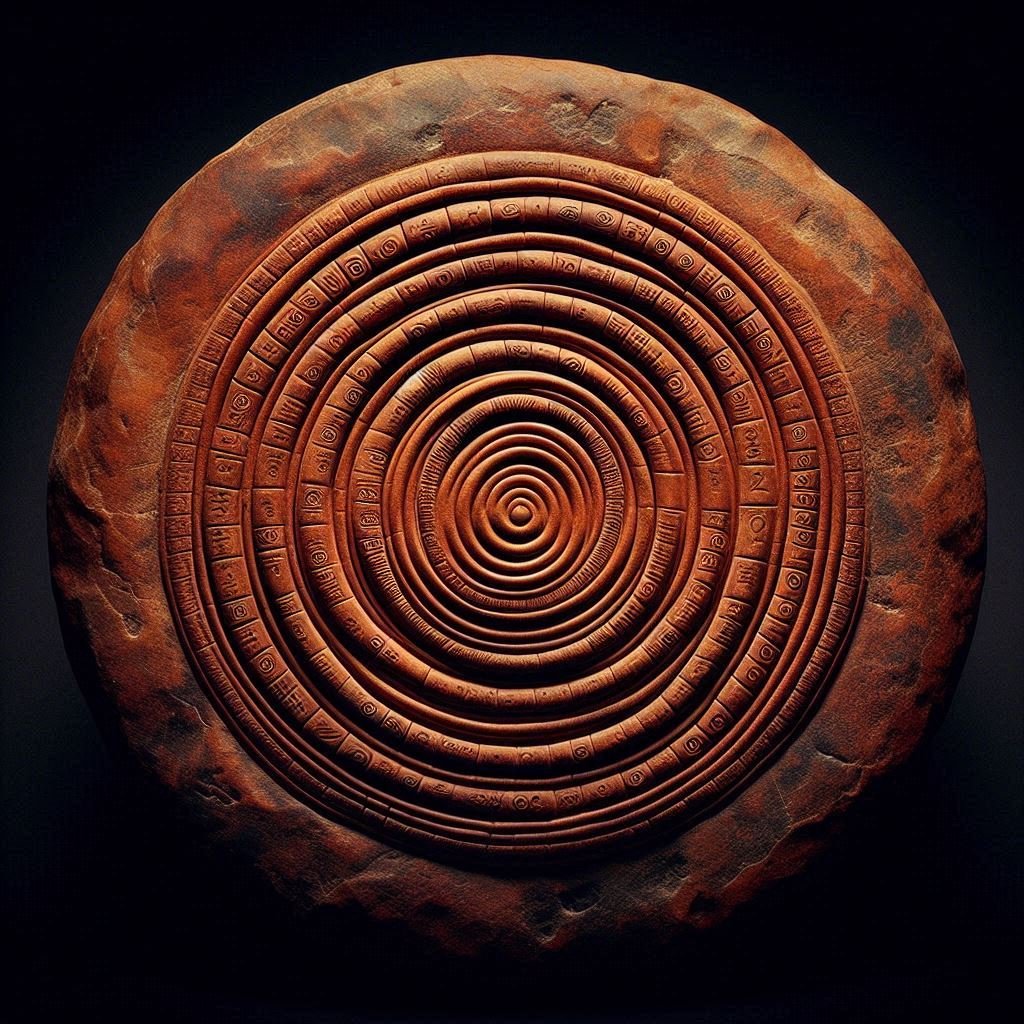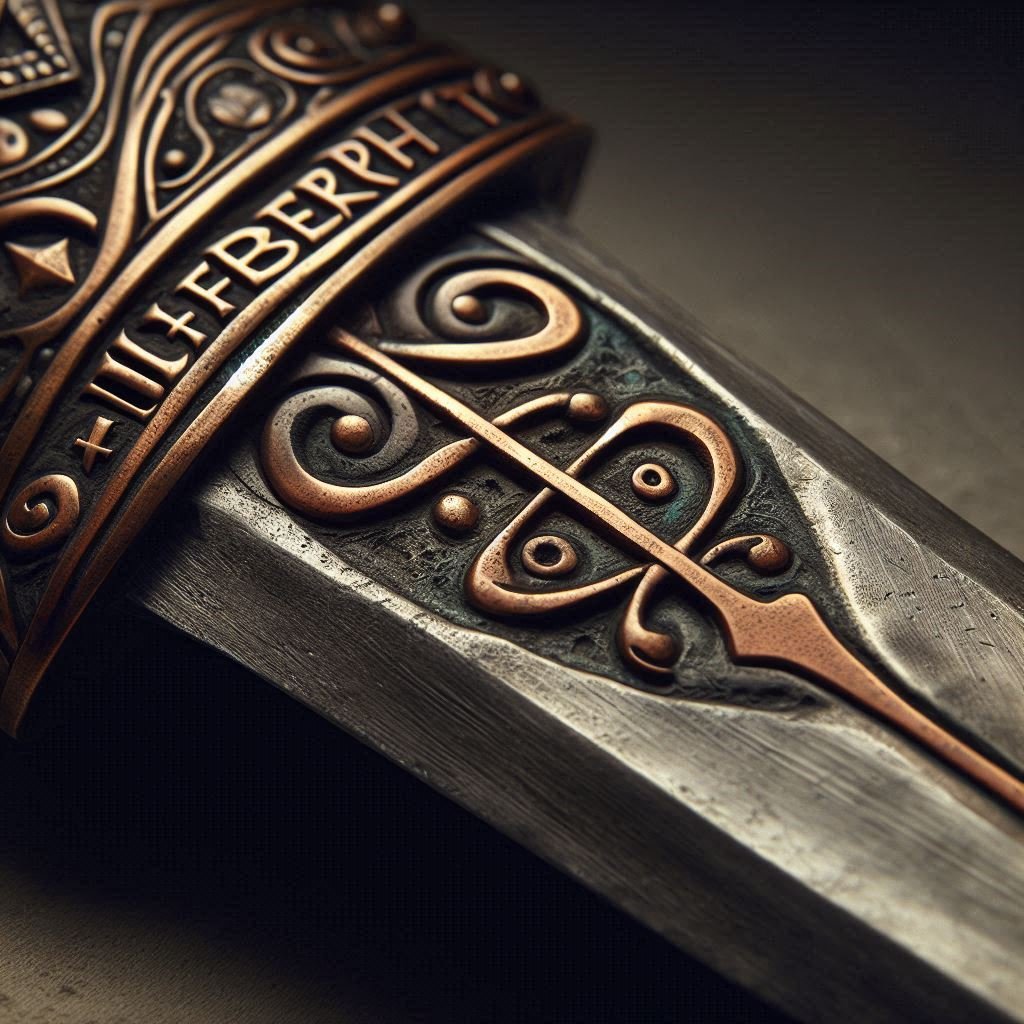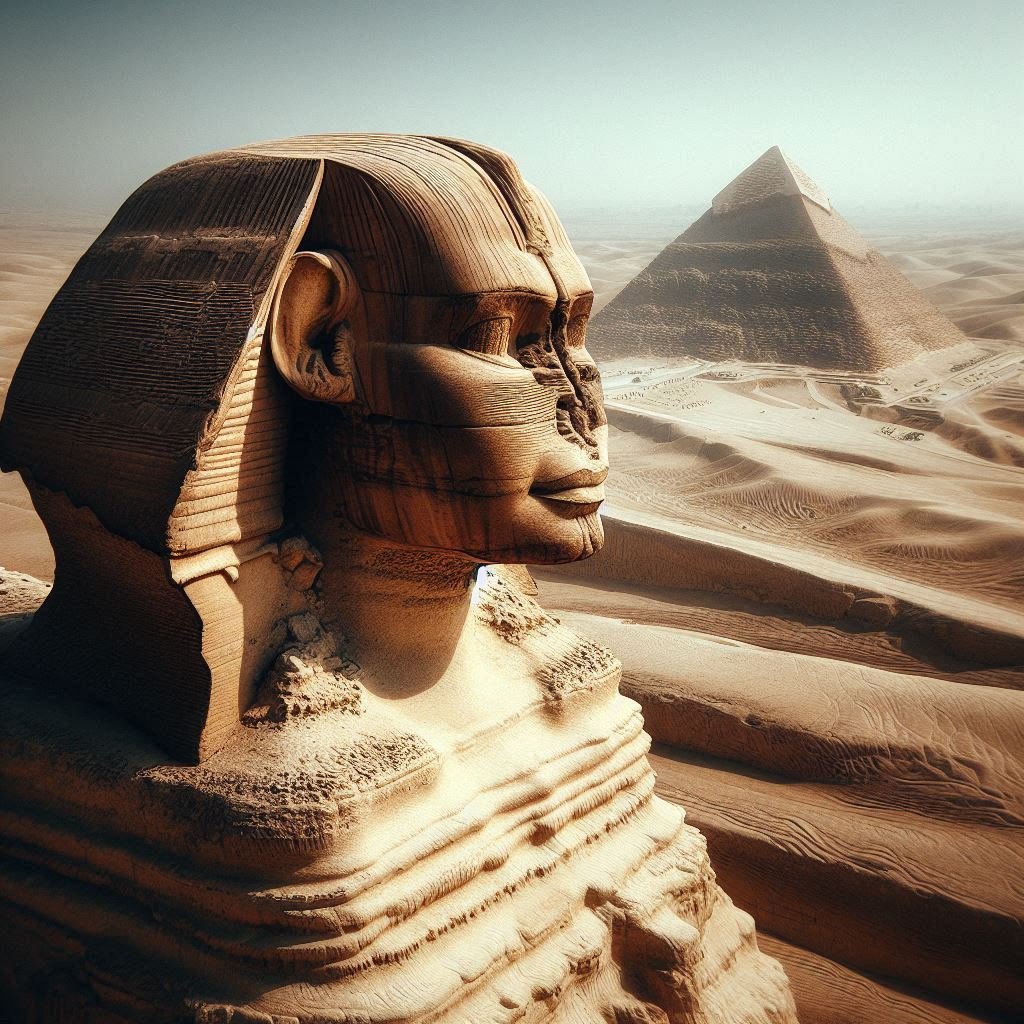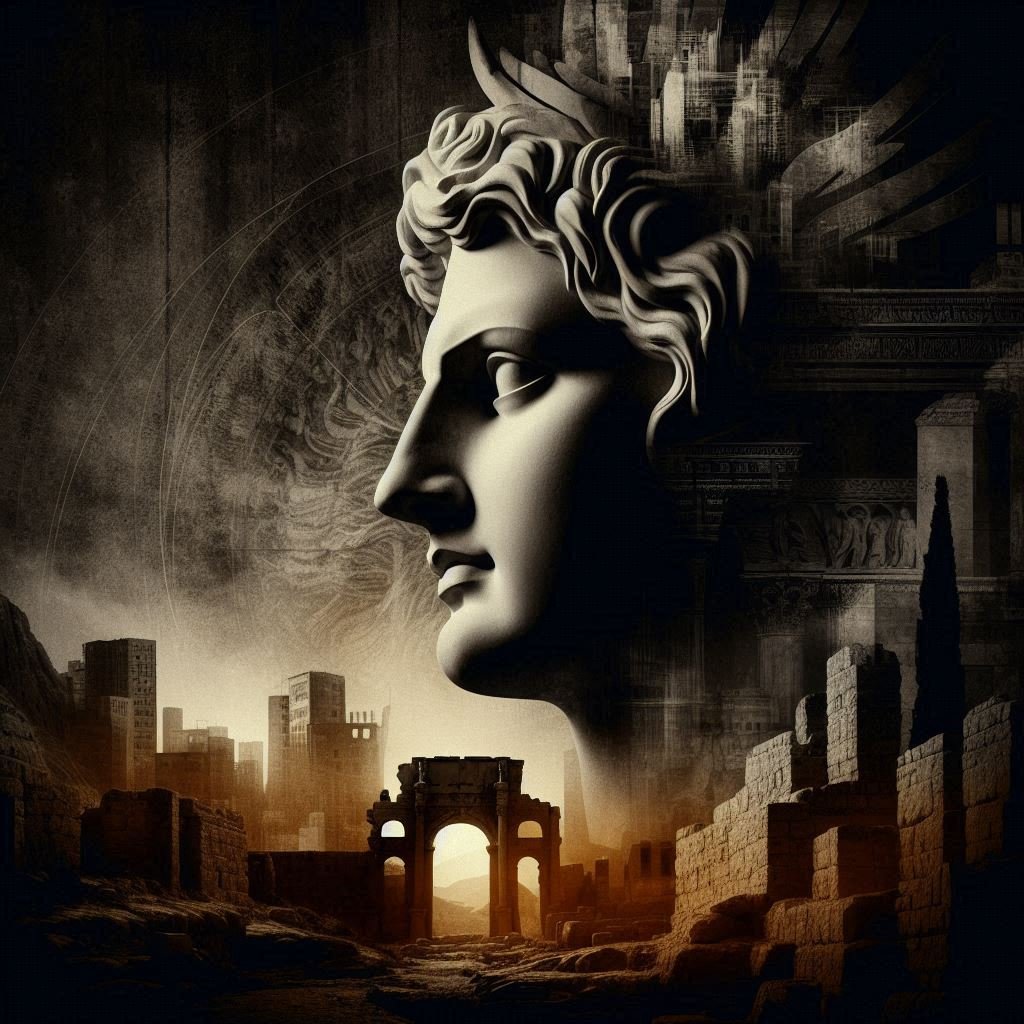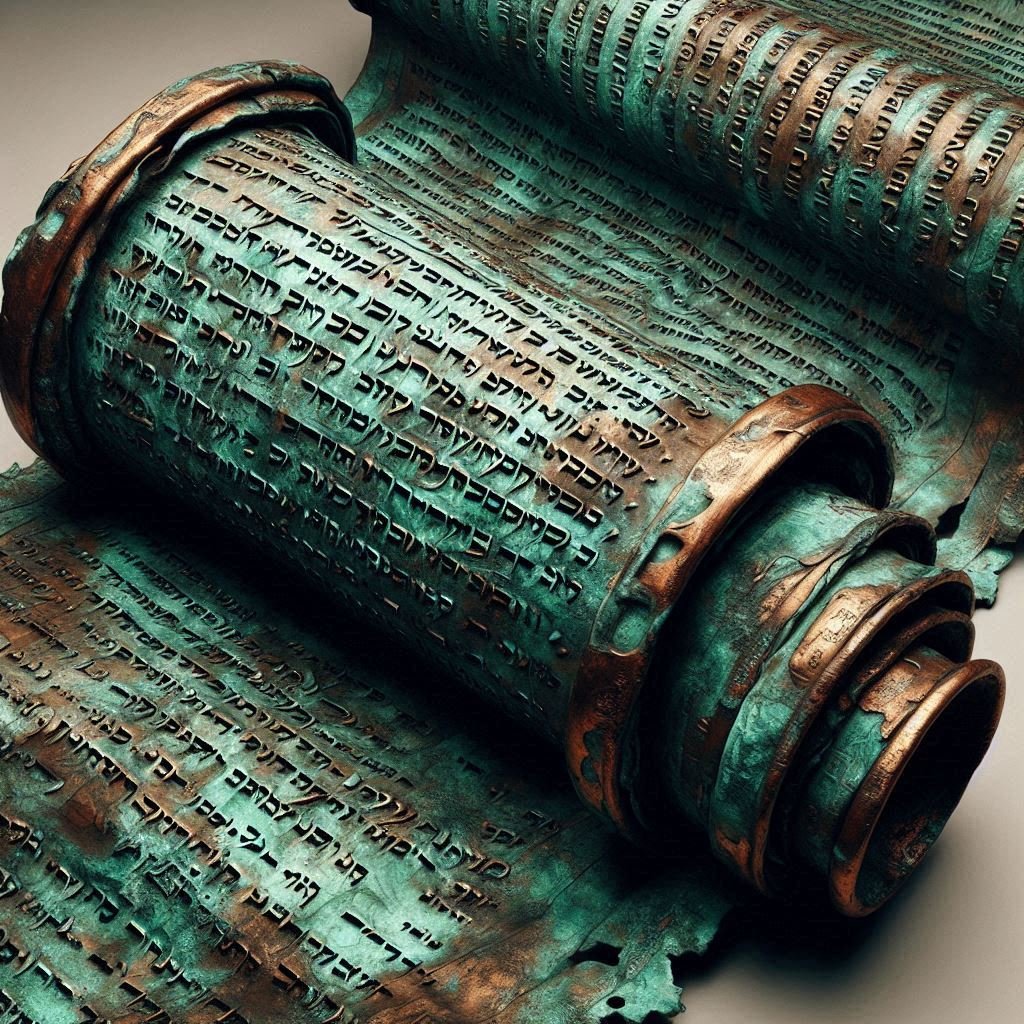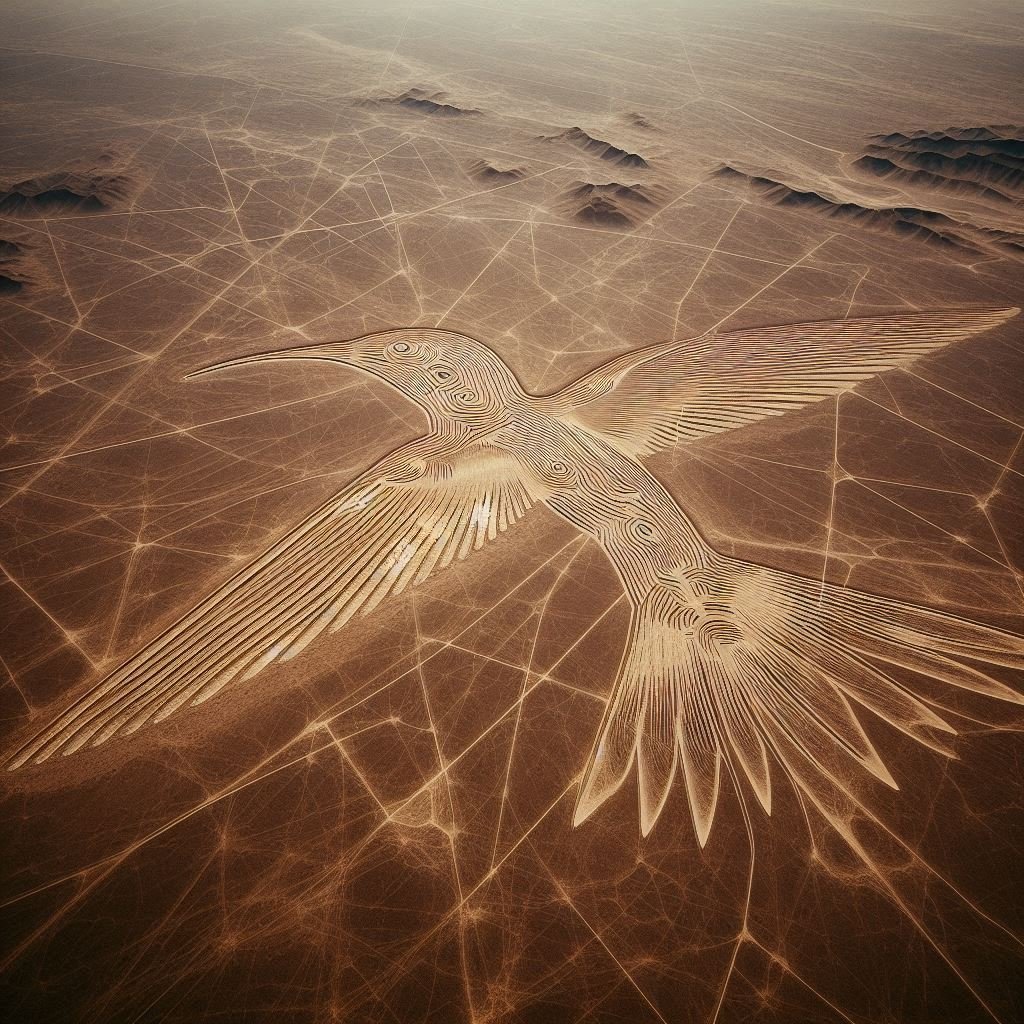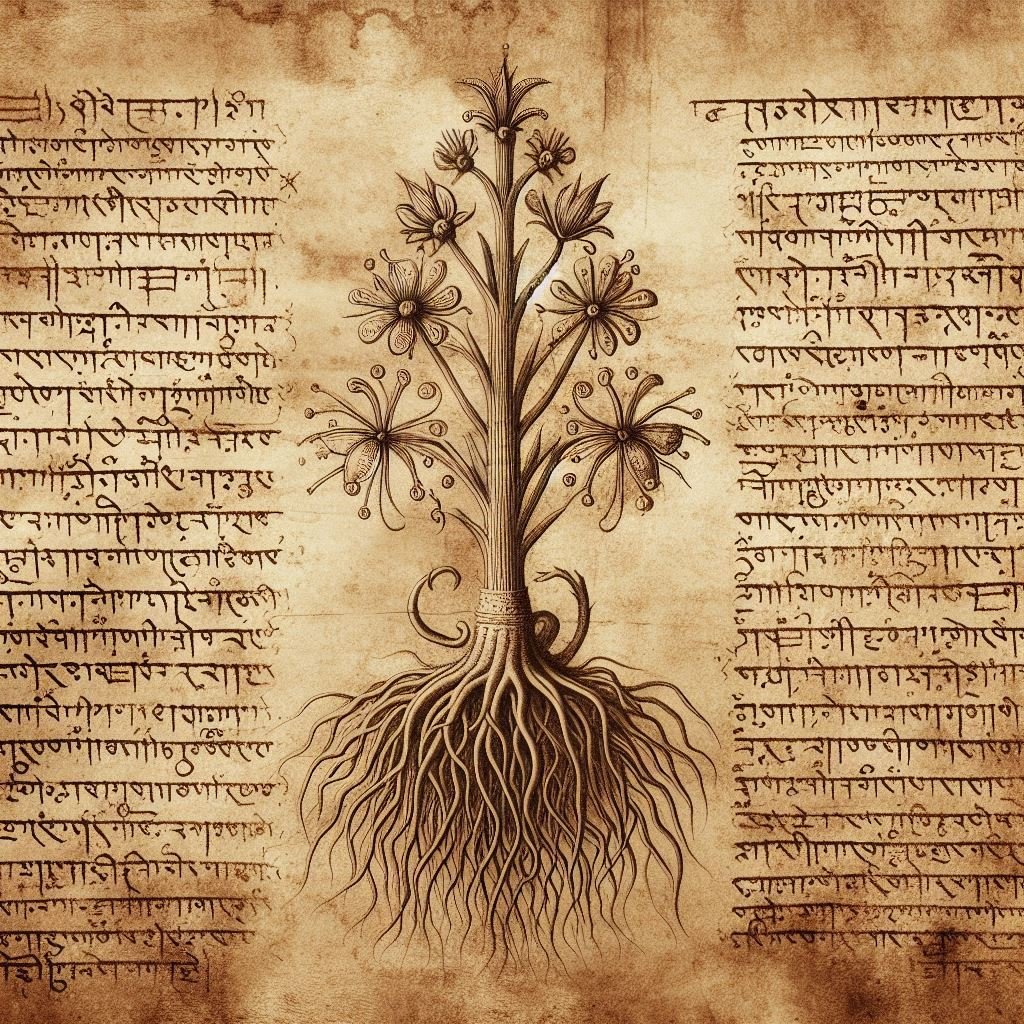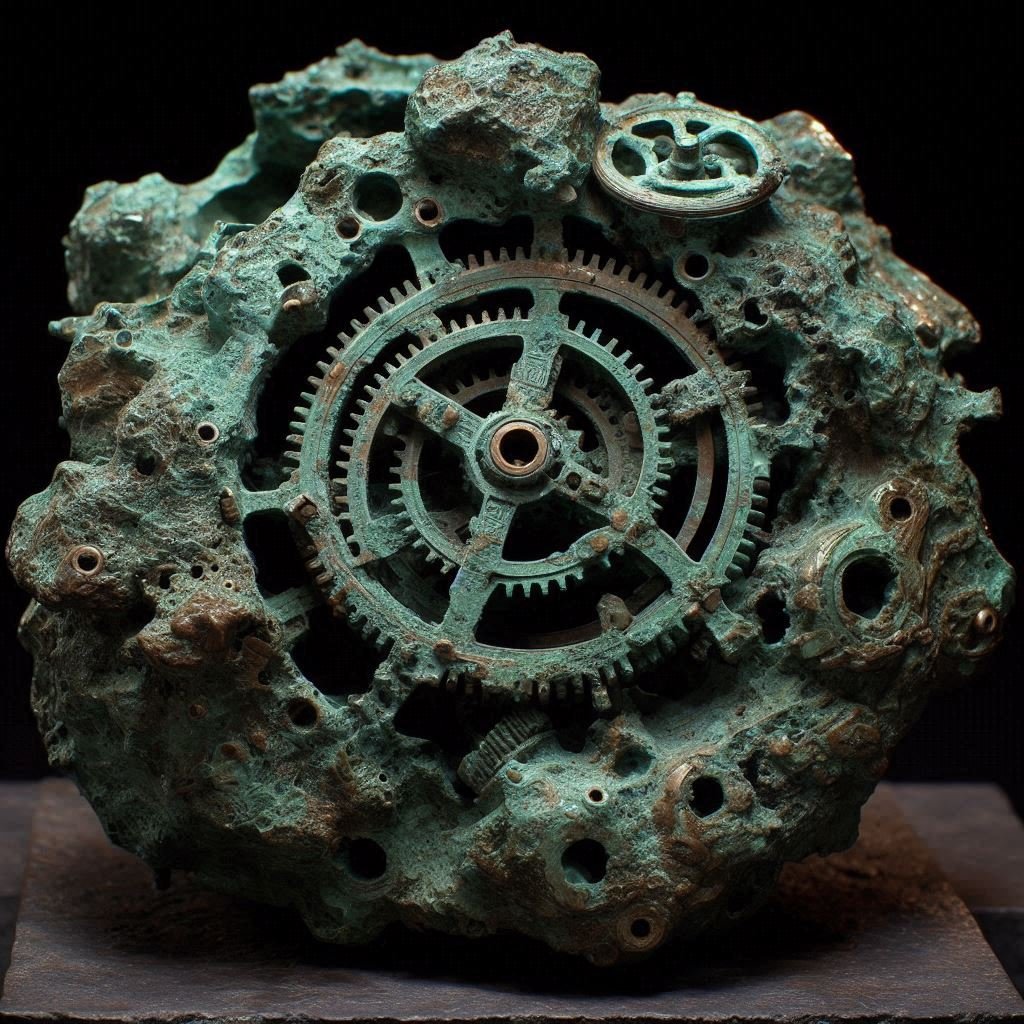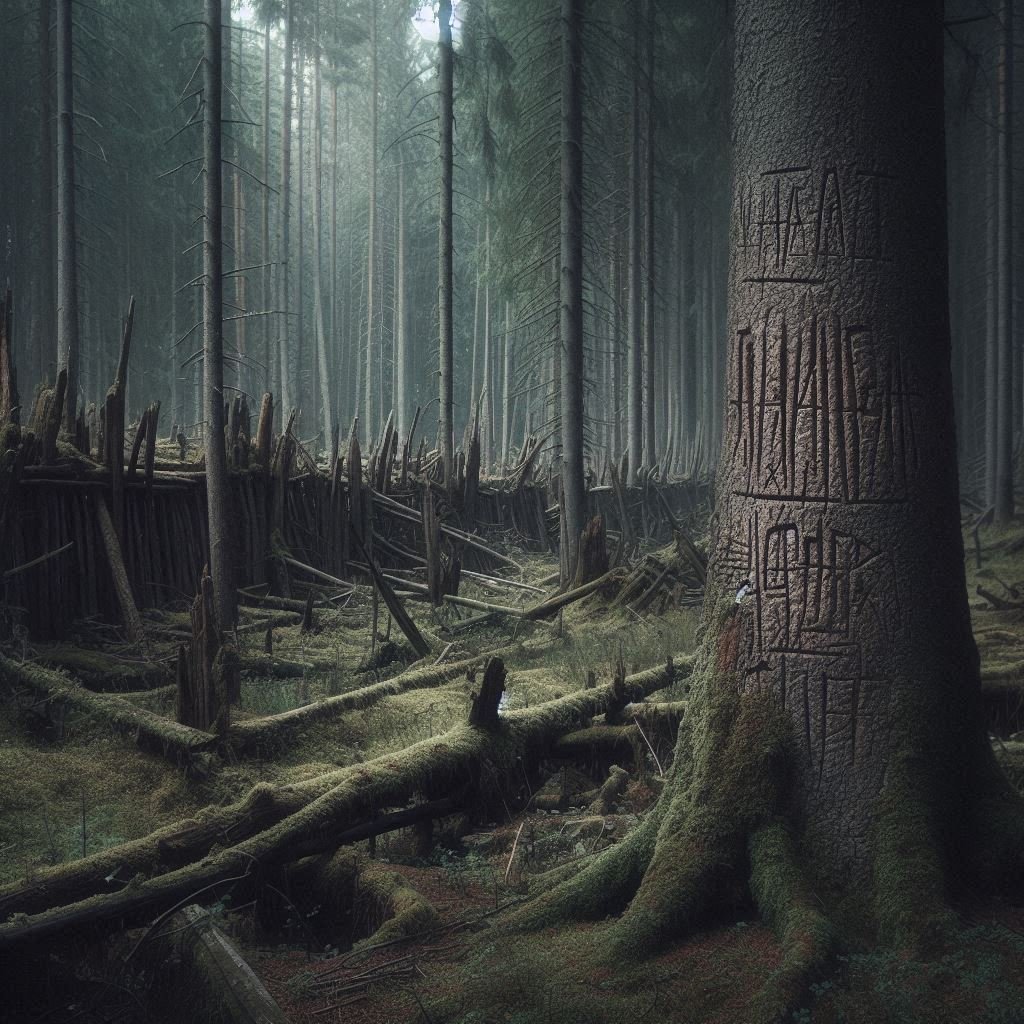Secrets buried in time and history’s biggest unanswered questions.
Travel through the past and uncover ancient puzzles, lost civilizations, and unsolved crimes from centuries ago. Some mysteries refuse to fade.
In 1908, archaeologist Luigi Pernier uncovered a small clay disc in the ruins of a Minoan palace on Crete. Covered in 241 stamped symbols spiraling from edge to center, the disc’s meaning remains a mystery to this day. Scholars, cryptographers, and amateurs have tried to decode it for over a century, but the Phaistos Disc refuses to give up its secrets. Was it a message, a prayer, a calendar, or something far stranger? This is the story of the disc that has puzzled humanity for over 3,700 years.
Over a thousand years ago, Viking warriors carried swords that should not have existed. These weren’t the rough, brittle weapons of the time. They were stronger, sharper, and built with technology that wouldn’t appear in Europe for centuries. Each blade carried a single word etched into the steel: Ulfberht. Were these swords forged by some secret master, brought from distant lands, or crafted with knowledge long since lost? To this day, no one can fully explain how the Vikings created their mysterious super-swords.
The Great Sphinx of Giza, a monumental guardian carved from the very bedrock of Egypt, is conventionally believed to be around 4,500 years old, a masterpiece from the reign of Pharaoh Khafre. Yet, a compelling geological theory challenges this long-held belief, suggesting the Sphinx is far older, perhaps 10,000 to 12,000 years old. This radical idea stems from observed water erosion patterns on its limestone surface and enclosure walls, features that geologists argue could only have been caused by prolonged, heavy rainfall from a much wetter ancient climate, thousands of years before dynastic Egypt. This debate, pitting archaeological consensus against geological evidence, could potentially rewrite the entire timeline of human civilization, transforming the Sphinx into a silent testament to a lost, advanced culture.
Alexander the Great, the legendary conqueror who forged an empire stretching from Greece to India, died suddenly in Babylon in 323 BC. His body, a powerful symbol of legitimacy, was famously diverted to Egypt by his general Ptolemy I, eventually interred in a magnificent tomb, the Sema, in Alexandria. For centuries, this tomb was a revered pilgrimage site, visited by Roman emperors like Julius Caesar and Augustus. However, by the late 4th century AD, mentions of the tomb become vague, and it eventually vanished from historical record. Despite centuries of searching and numerous modern archaeological quests beneath the bustling streets of Alexandria, the final resting place of Alexander the Great remains one of history's most tantalizing and profound unsolved mysteries, a testament to the secrets time can bury.
In 1947, Bedouin shepherds stumbled upon ancient scrolls in caves near Qumran, by the Dead Sea. Among these priceless Dead Sea Scrolls, one stood out: a heavily corroded scroll made of copper. Unlike the religious texts, this unique artifact, when painstakingly unrolled in 1955, revealed a meticulous list of 64 hidden locations containing immense quantities of gold, silver, and precious vessels. This was the Copper Scroll, a real-life treasure map from the ancient world, potentially detailing the hidden wealth of the Second Temple in Jerusalem. Despite decades of intense searching by archaeologists and treasure hunters, none of its listed riches have ever been found, leaving its purpose and the fate of its fortune as one of history's most tantalizing and enduring mysteries.
On November 22, 1963, as President John F. Kennedy's motorcade moved through Dealey Plaza in Dallas, a sudden horror unfolded. Amidst the chaos and screams, a mysterious figure stood out: a woman wearing a distinctive headscarf, reminiscent of a Russian 'babushka,' holding a camera to her eye. Captured in multiple photographs and even the famous Zapruder film, this 'Babushka Lady' appeared to be filming the entire assassination, seemingly unfazed by the gunfire. Despite extensive investigations and decades of searching, her identity remains unknown, and her potentially crucial footage has never surfaced. She stands as one of history's most tantalizing unsolved mysteries, a silent witness whose film could hold the key to understanding that fateful day.
If you were standing on the ground in the southern desert of Peru, it wouldn’t look like much at first. The earth around you would be flat, endless, and bone-dry, the kind of desert where the sun feels like it’s pressing down on your skull. The landscape would stretch on forever in a faded palette of browns and reds, so empty it almost feels like the surface of another planet. Now imagine climbing into a small plane, strapping in, and taking off into that endless sky. The earth begins to shrink away beneath you. And that’s when you see them.
Imagine a book, centuries old, its pages filled with a flowing script no one can read and illustrations of plants that don't exist. This is the Voynich Manuscript, a mysterious codex rediscovered in 1912 that has baffled cryptographers, linguists, and historians for over a century. Carbon-dated to the early 15th century, its 240 vellum pages feature sections on botany, astronomy, and biology, all rendered with bizarre, fantastical drawings and an undeciphered language. Despite countless attempts by the brightest minds, from World War codebreakers to modern computer analysts, the manuscript's secrets remain locked away, an enduring enigma that challenges our understanding of lost knowledge and the limits of human decipherment.
In 1900, sponge divers off the coast of Antikythera, Greece, discovered an ancient Roman shipwreck. Among its treasures was a heavily corroded lump of bronze and wood, initially dismissed as insignificant. But in 1902, an archaeologist noticed something extraordinary: intricate gear wheels hidden beneath the crust. This was the Antikythera Mechanism, a device so complex it's now considered the world's first analog computer. Dating back to around 60 BC, this marvel of ancient Greek engineering could predict celestial movements, lunar phases, and even eclipses, pushing back the known history of such sophisticated technology by over a thousand years and revealing a lost chapter of human genius.
In 1587, 117 English settlers, including women and children, established a new colony on Roanoke Island, off the coast of present-day North Carolina. Governor John White soon returned to England for supplies, promising a swift return. But war with Spain delayed him for three agonizing years. When White finally sailed back in 1590, he found the settlement eerily deserted. The fort was dismantled, the houses gone, and the only clue left behind was the word 'CROATOAN' carved into a post. No bodies, no signs of struggle, just an enduring silence. The fate of the Lost Colony of Roanoke remains one of history's most baffling unsolved mysteries, a haunting question mark at the dawn of American settlement.

